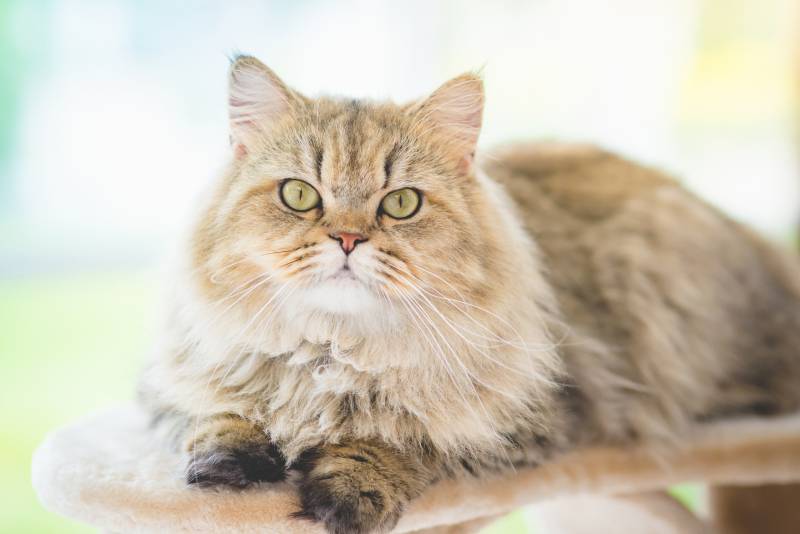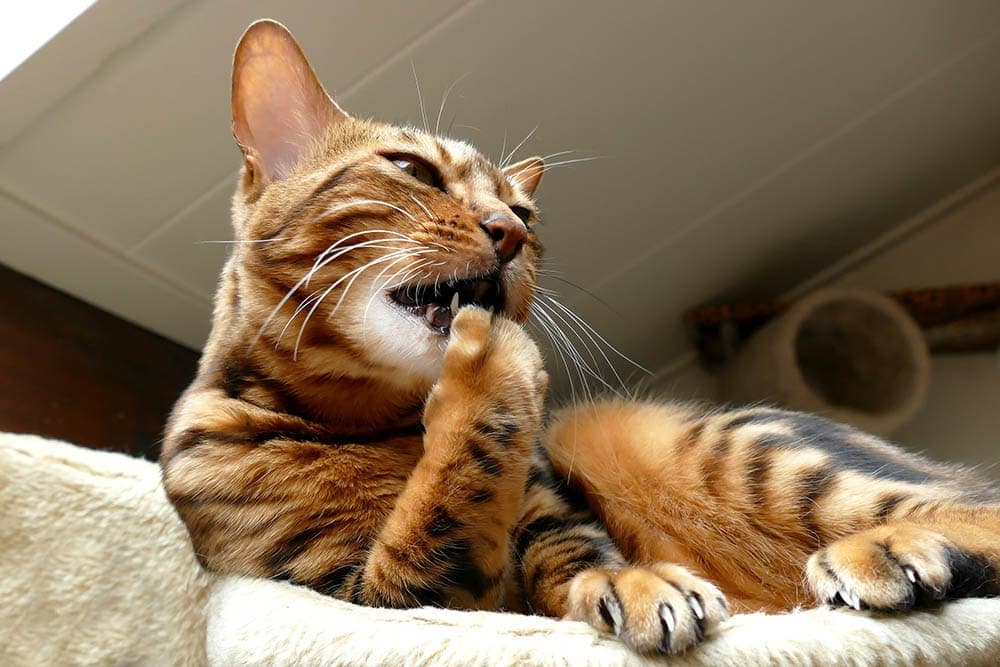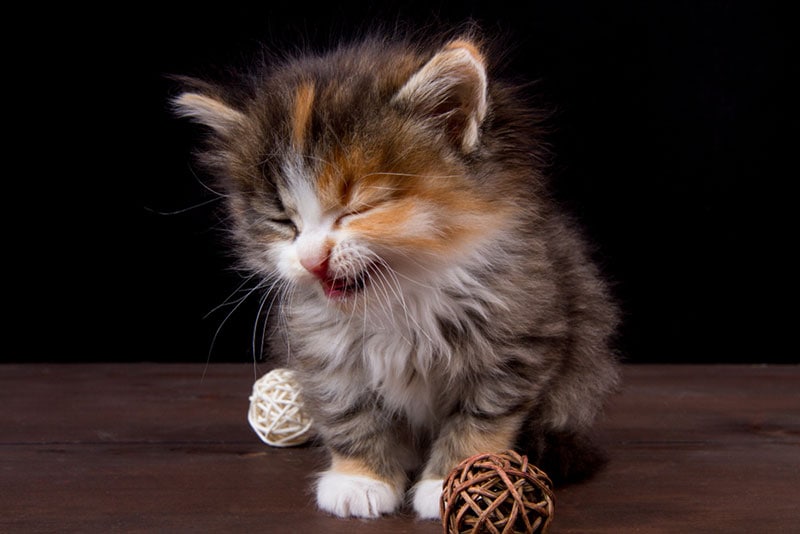Do Cats Age Like Dogs? Vet-Approved Explanation
By Luxifa Le
Updated on
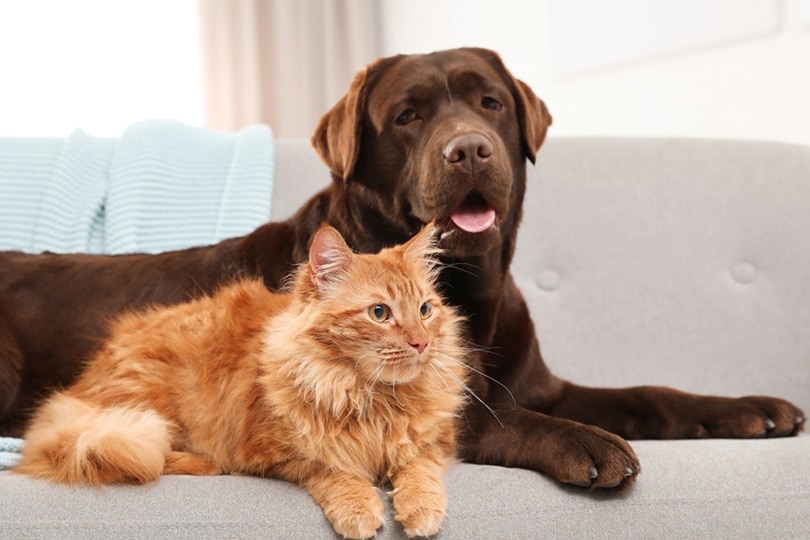
Many of us were fed the myth that a single year of a cat or dog’s life is equivalent to seven “human years.” But this little “factoid” never came with an explanation of the figure. While this may work for some animals, cats and dogs age very differently from humans, and their aging cannot be broken down to a simple ratio. Additionally, cats and dogs don’t age similarly at all.
Where Does the 1:7 Ratio Come From?
This 1:7 ratio is misleading, but it does have some basis in reality or, at least, what we observed as reality at the time. For example, most people expect their cats to live around 10–15 years, with a median age of 14 years across all breeds, and this was the accepted standard of cat lifespan for most of recent history. As such, it would make sense that an animal that lives, on average, about 1/7 of the time of a human would age seven times faster than a human.
However, cats don’t age the same way humans do. So, simply equating a cat’s aging to human aging isn’t possible. With all of this in mind, it’s hard to nail down a 1:X ratio of human years to cat years because cats age so rapidly during their first few years of life. However, if you follow a 1:7 ratio over your cat’s entire lifespan, it will even out. That’s where the 1:7 ratio comes from.
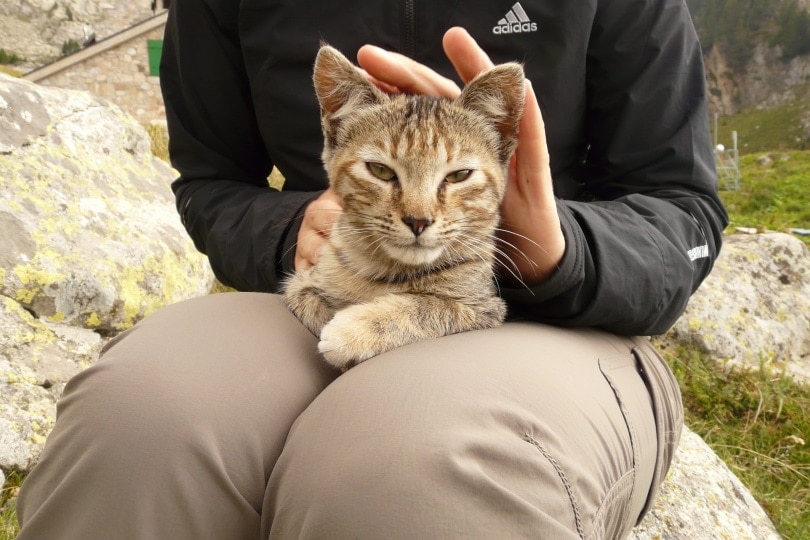
How Fast Do Cats Age?
Cats age very well by comparison to some other animals. They have relatively long lifespans when compared to many rodents and even larger dogs. While 10–15 years used to be the expected standard lifespan of a cat—and in many cases still holds true—newer research shows that the median lifespan of a cat is actually 15.8 years, with some cats living as long as 20–25 years. The oldest cat on record, Creme Puff, lived 38 years and 3 days. After accounting for all the factors that influence cat aging, the life expectancy of a cat can be adjusted to around 12–20 years on average.
However, as we’ve mentioned, cats age very rapidly during their first few years of life. We used to think that a cat was an adult when they reached one year of age. However, in recent years we’ve realized that this was erroneous and that cats generally continue to grow and mature until around their second year.
Cats age very rapidly during the first two years of their lives. Their bodies reach the maturity equivalent of a 15-year-old human during the first year of life, and by the end of the second year of life, their bodies are equivalent to a 24-year-old human.
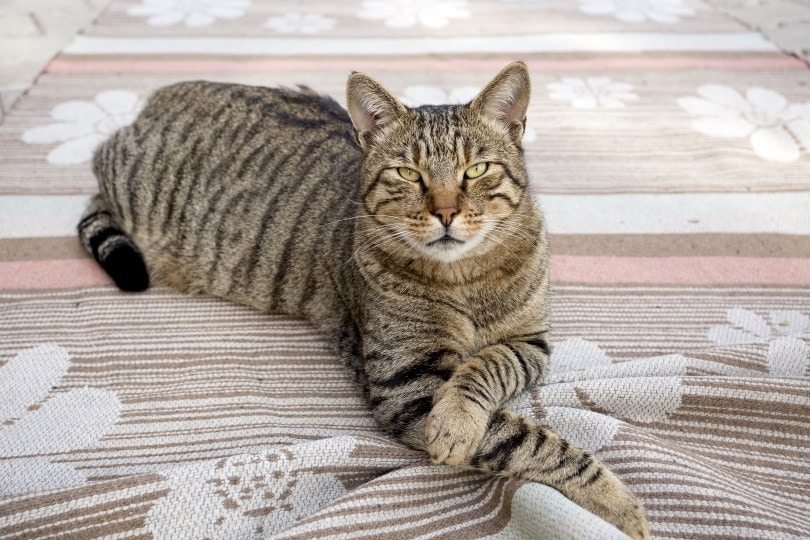
After a cat has reached the two-year mark, the speed of their aging changes drastically. Each year after the second year is roughly equivalent to four human years, and by the time a cat is 12 years old, they will have aged to about the same point as a 65-year-old human.
To put this into mathematical terms, you can find your cat’s “human age” using the following formula: 24 + (4*X-2), where X is your cat’s chronological age. If you want to know your cat’s age, just copy and paste that formula into google and replace the X with your cat’s age to find out what their age is in human years!
Do Indoor and Outdoor Cats Age Differently?
Another factor that will influence your cat’s lifespan is whether they’re indoor or outdoor. This doesn’t mean that outdoor cats age faster than indoor cats; simply they are many factors that influence the lifespan of cats.
Indoor cats are less likely to experience trauma, be exposed to harmful pathogens, and become the victim of predators, which is largely thought to account for the longer average lifespan of indoor cats.
The inverse is true for outdoor cats; they’re more likely to experience trauma relating to the uncontrollable elements of nature, be exposed to harmful pathogens, and can become the victim of predation by larger predators. So, their lifespan average is lower and brings down the observable average of all cats.
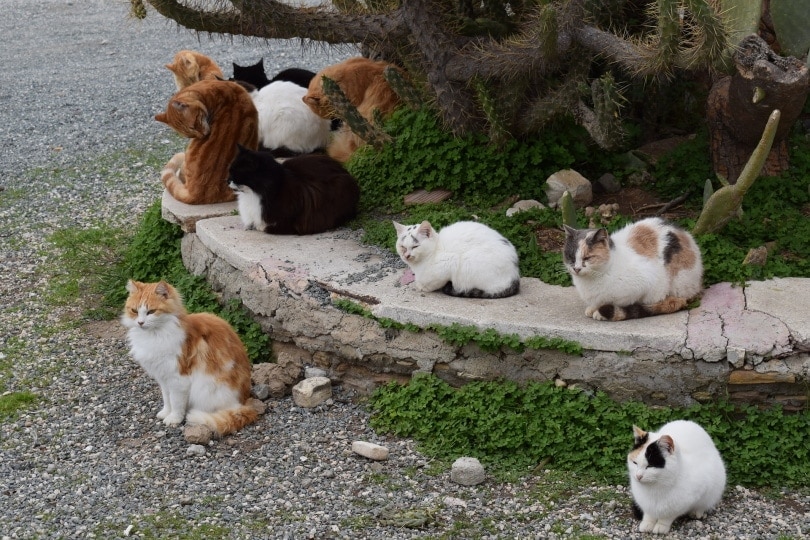
How Does Cat Aging Compare to Dog Aging?
A comparison of cat and dog aging must take into account the differences in aging between dog breeds. Dog breeds age at different rates, with larger dogs aging much faster than smaller dogs on average.
As a general rule, dogs and cats age similarly in their first year of life; around the one-year mark, both dogs and cats are roughly equivalent to a 15-year-old human in physical maturity. However, large dogs age significantly faster than smaller dogs and cats. The average lifespan expectancy of a giant dog breed (Great Dane, Giant Schnauzer, German Shepherd, etc.) is only 10–12 years compared to a cat’s 12–20 year life expectancy.
When comparing a cat to a dog, you have to be willing to account for the vast difference between the median ages of different dog breeds. When compiling the data from several studies, the median age for the Great Dane varies between 8–10 years, while the Chihuahua varies between 12–16 years. These are median ages, so half of all Great Danes and Chihuahuas will live longer than these figures.
Cats do have a similar variance in median age, but the gap is not so wide. For instance, the American Wirehair lives 7–14 years on average, the Manx cat lives 8–14 years on average, and the Singapura and Sokoke each live between 9–15 years on average. Even though both estimates are lower than the overall average for cats, they still typically fall within the generally accepted range for cats, even if they have a lower bottom threshold.
Giant breed dogs may sometimes live longer than 10 years, but it’s not as common to see giant breed dogs in the 15–20 year age range as it is for cats or small dogs. So, it’s hard to compare the aging of cats to dogs because there’s such a wide variance in dog aging.
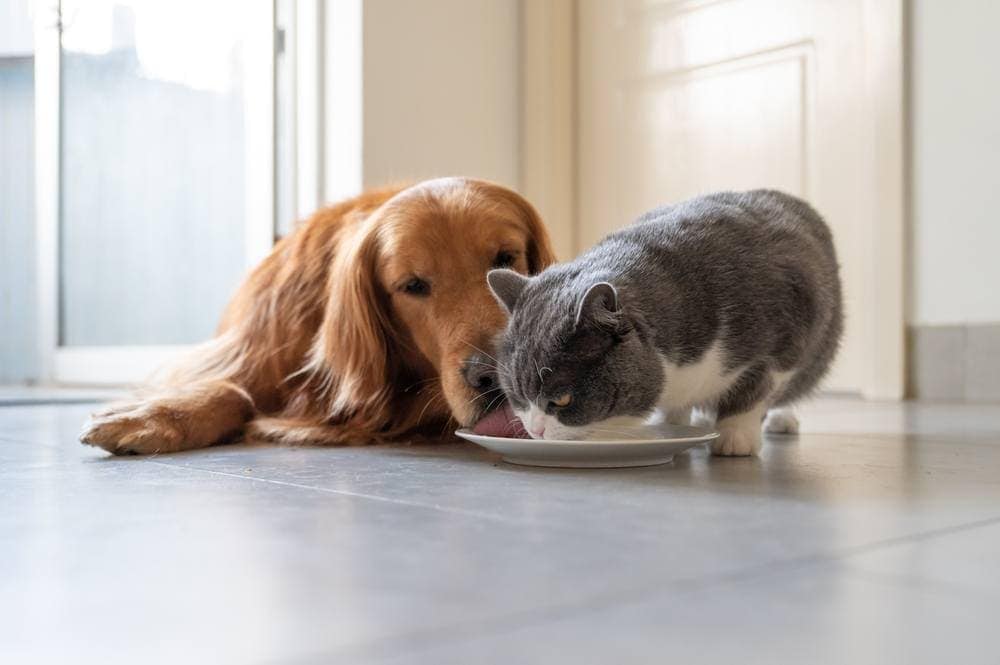
Final Thoughts
Being able to calculate our cats’ ages in “human years” can be a double-edged sword. It both helps us relate to them as they get older and puts into perspective how much less time they have on this planet. Cats have a wide variance in lifespan, but their aging is pretty clear cut. They age very rapidly in their early years but plateau out to an average of four “human” years per cat year!
See Also:
- Do Dogs Think Cats Are Dogs? Canine Understanding Explained
- Are Cats Faster Than Dogs? Our Vet Advices What The Science Says
Featured Image Credit: New Africa, Shutterstock


